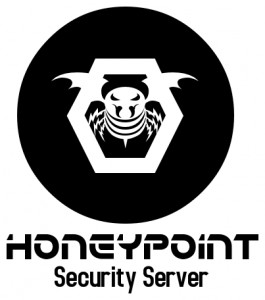A good security training and awareness program is one of, if not the most important part of any effective information security program. After all, people are the ones that cause security problems in the first place and, ultimately, people are the ones that have to deal with them. Not to mention the fact that people are twice as likely to detect security problems and breaches as any automated system. Doesn’t it make sense that you should do everything in your power to ensure that all of your people are behind you in your security efforts? That they are provided with the knowledge and the tools they need to understand information security and what their responsibilities are towards it? That they are aware of how devastating an information security incident can be to the company, and consequently, how devastating it can be to them personally? Well, you’re not going to get that from having them read the policy book as new hires and then hold a two hour class six or twelve months later!
And that is traditionally how information security is dealt with in most companies. All enthusiasm for the process is absent, too. They don’t want to do this training! It costs them time and money! The only reason most companies provide any security training outside of the very basics is because of their need to comply with some regulation or another. So what you end up with is a whole group of undertrained and unenthusiastic employees. And these employees become, in turn, the very kind of security liabilities that you are trying to avoid in the first place! So why not turn them into security assets instead? You have to provide them with some security training anyway, so why not give it that extra little “oomph” you need to make it worth your while to do?
How do you go about that you may ask? Here are some tips:
1. Make sure that they understand what an information security incident or anomaly looks like. Make sure that they know all about social engineering techniques and how Malware is spread. Give them some tips on how to recognize bogus websites, phishing emails and bogus phone calls. Let them know some of the things they can expect to see if there is a virus present on their machines. And don’t use just one format to provide them with this information. Use every method you can think of! There are many formats for security and awareness training to choose from. Group assemblies with speakers and PowerPoint presentations, lunch and learns, training days, self directed web based learning, directed webinars, security documents, email reminders, posters and pamphlets, podcasts, departmental meetings, discussion groups and many more. And make sure that management personnel, especially top management personnel, make it clear how important this task is and how much it means to them and the company. Without this support, your efforts will go nowhere.
2. Give your people incentives that make them want to participate in the information security program. One method is to simply ask for their help. Make sure your employees understand how important the participation of each and every one of them is to the effort. People often respond very favorably to such requests. Whereas if they are simply told that they must do it, they are much more likely to be unconcerned and uncooperative. Another way is to provide them with rewards for active participation in the program. Put the names of employees who have reported security issues in a hat and have a monthly drawing for a prize or a day off. Give these people a free lunch. Give them the best parking spot in the lot for a month. I’m sure you can think of a dozen other ways to reward your employees for participating in the program. Or simply post the picture of the employee on a bulletin board or internal web page or recognize their accomplishments at group meetings. Everybody really likes to be recognized for doing a good job!
The whole idea is to turn your personnel into “net cops”. If you can do that, you can turn your own people into the best IDS system there is, and for a lot less money than you would spend on machines or hosted services…or for cleaning up a security incident!





